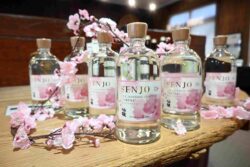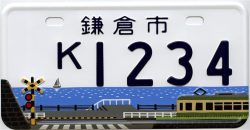Japan’s Regional Confections Head Abroad in Box Subscription; Service Aims for Travel Experience via Mail

Sakuraco’s Tokyo-themed June box
10:00 JST, May 19, 2024
A subscription service that delivers boxes of regional Japanese confections, or wagashi, to anywhere in the world is gaining popularity.
The boxes are provided by ICHIGO, a company based in Minato Ward, Tokyo, that offers three other varieties of box services and delivers to about 180 countries and regions, but mainly to the United States and Europe. The most popular box is the wagashi Sakuraco, which bundles traditional confections with a color booklet in English. Through the wagashi, customers can get a taste of Japan without ever leaving home.
“The Sakuraco boxes change every month, with such themes as Kyoto, Hokkaido and Okinawa,” said Alex Nomura, ICHIGO’s chief operating officer. “Each box contains 15 or so kinds of traditional confections, or about 20 pieces. These are unique to each region; you can’t find them in convenience stores or supermarkets in Tokyo.”
Besides the confections, each box contains a small item such as a plate, a teacup or chopsticks, as well as a paired Japanese tea, a color booklet, and a greeting from Ayumi Chikamoto, the company’s president and chief executive officer. Opening the box, the recipient is met with a burst of color and the many flavors of that month’s region.
-
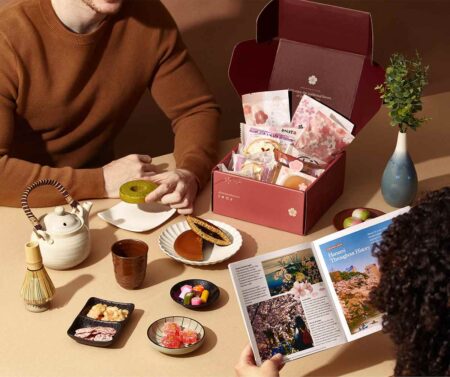
A promotional photo for the Sakuraco box meant to elicit the feeling of traveling in Japan. (Courtesy of ICHIGO)
-
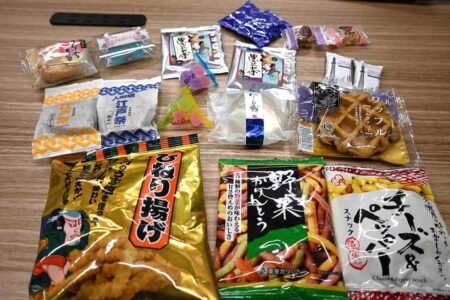
Confections and black bean tea in the June box
-
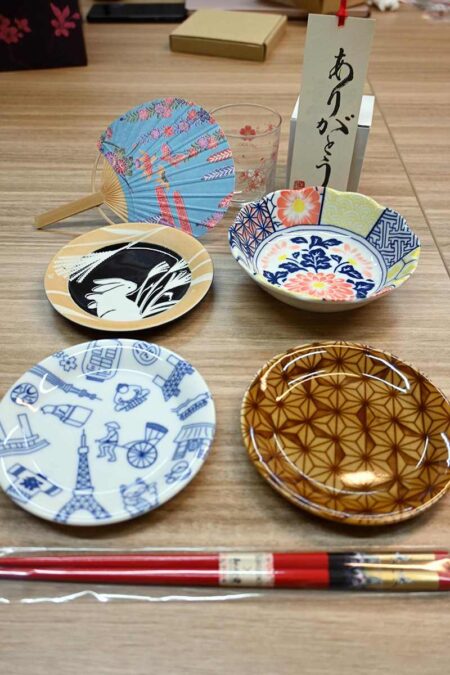
Small plates, chopsticks and other small items that have been included in past Sakuraco boxes
-
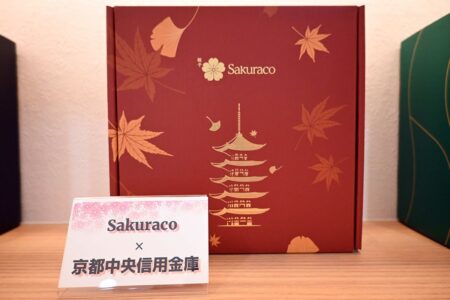
The Kyoto-themed Sakuraco box, made in collaboration with Kyoto Chuo Shinkin Bank
The theme of the latest bundle for June is Tokyo. In addition to classic Tokyo snacks such as deep-fried karinto, the doll-shaped cakes known as ningyo-yaki, and okoshi rice crackers, the package also includes beautiful regional confections that evoke hydrangeas, since the flowers bloom in June during Japan’s rainy season. The box also comes with black bean tea from Tottori Prefecture that pairs with these confections and a small plate with illustrations of Tokyo Tower and Tokyo Skytree.
-

Sakuraco booklets introducing Japan’s regions and their confections
-
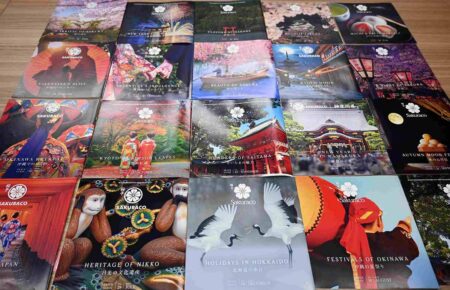
Booklets carrying striking photos of Japan
-
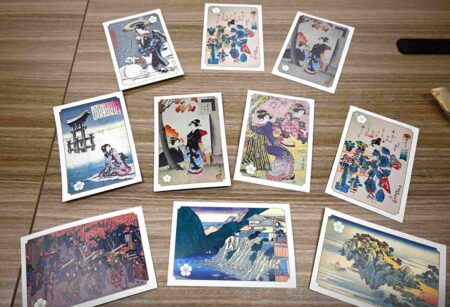
Ukiyo-e prints feature on the backs of greetings cards from chief executive officer, Ayumi Chikamoto.
The full-color, 24-page booklet explains each confection. For karinto, it profiles the factory in Itabashi Ward, Tokyo, that makes the snack with traditional techniques, ensuring the taste stays the same. The booklet also describes tourist attractions such as the Imperial Palace and Asakusa, traditional culture such as ukiyo-e prints and kabuki, and places to see hydrangeas in Tokyo. Annual subscriptions run at $45 per month, including shipping. Once shipped, the package usually arrives within 3 to 7 days.

TokyoTreat boxes with assortments of common Japanese sweets
The other three boxes currently offered by the company are TokyoTreat, YumeTwins and nomakenolife. TokyoTreat, which has been around since the company’s founding in 2015, curates an assortment of seasonal and regional major brand snacks sold in convenience stores and supermarkets in Japan; YumeTwins boxes “kawaii” plushies and home goods that feature anime and popular Japanese characters; and nomakenolife delivers Japanese and Korean cosmetics and skin care products. Sakuraco is the newest box and was launched in February 2021.
“From surveys, we knew people wanted to experience traditional Japanese things as well as the regions of Japan,” said Nomura, 38. “Then there was the COVID-19 lockdown, which meant they couldn’t travel to Japan. That’s when we decided to create a box that would make people feel like they had traveled to Japan’s regions.”
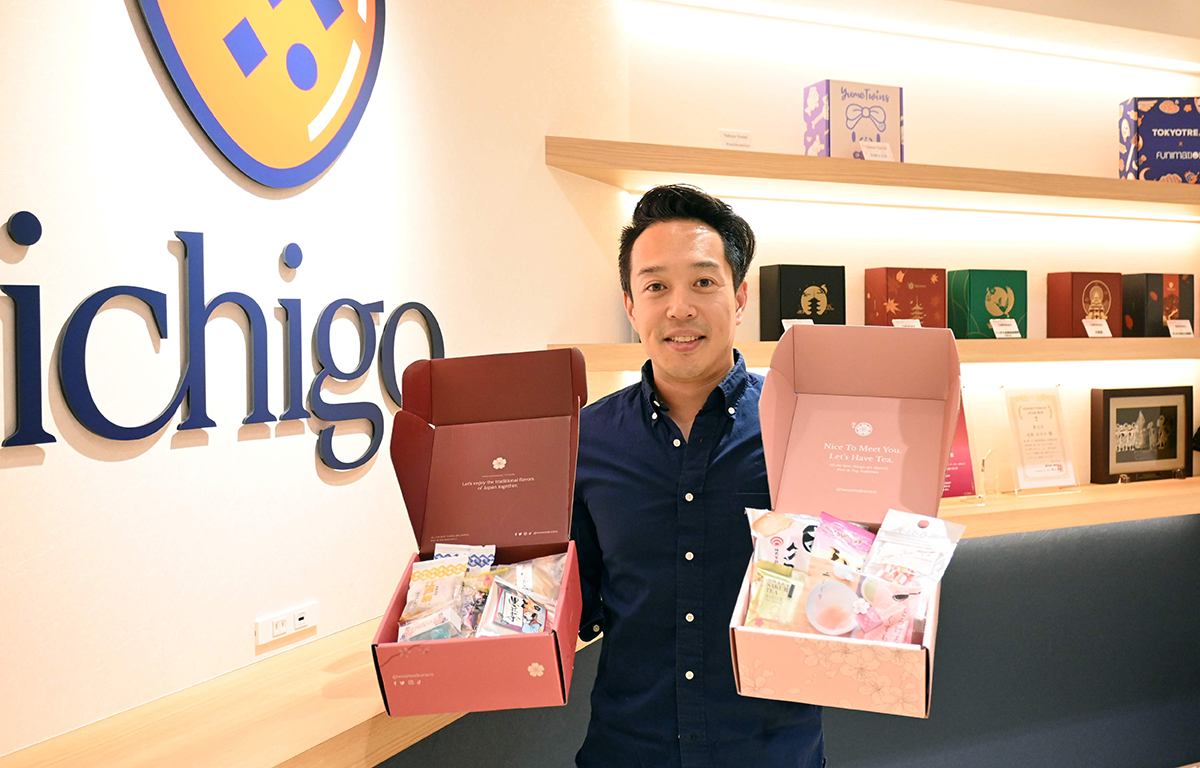
Alex Nomura holds Sakuraco boxes at the entrance to ICHIGO’s office.
Sakuraco has also proved useful for small local producers wanting to make their products widely known overseas but lack much chance to do so. So far, more than 200 manufacturers from across Japan have been dealt with through Sakuraco. And the company has produced boxes in collaboration with prefectural governments and shinkin credit unions, which deal with many small local companies. With local producers and governments on board, it’s hoped Sakuraco will bring Japanese confections and food culture to the world, while also revitalizing local communities in Japan.
The black bean tea in the June box is provided by Zenyakuno, a manufacturer of wellness teas in Tottori Prefecture. “Tottori Prefecture has the smallest population in Japan. The birth rate is declining, and the population is aging and shrinking,” said Shintaro Morishita, the company’s president. “We’re very happy to have the chance to share our wellness teas with people all over the world, despite conditions here.”
Whatever its troubles, Tottori Prefecture is also rich in nature, featuring spots such as the Tottori Sand Dunes, and produces tantalizing snow crab and wagyu beef. It is also the birthplace of the manga artists who created “Detective Conan” and “Gegege no Kitaro.”
“It would be wonderful if people from all over the world took an interest in Tottori and felt close to it,” said Morishita.
Zenyakuno is ready for overseas exports. Morishita hopes that Sakuraco will be a bridge not only for his own company’s products to expand abroad, but also for those of regional companies throughout Japan that have been slow to break out of the country.
Inspired by tourists
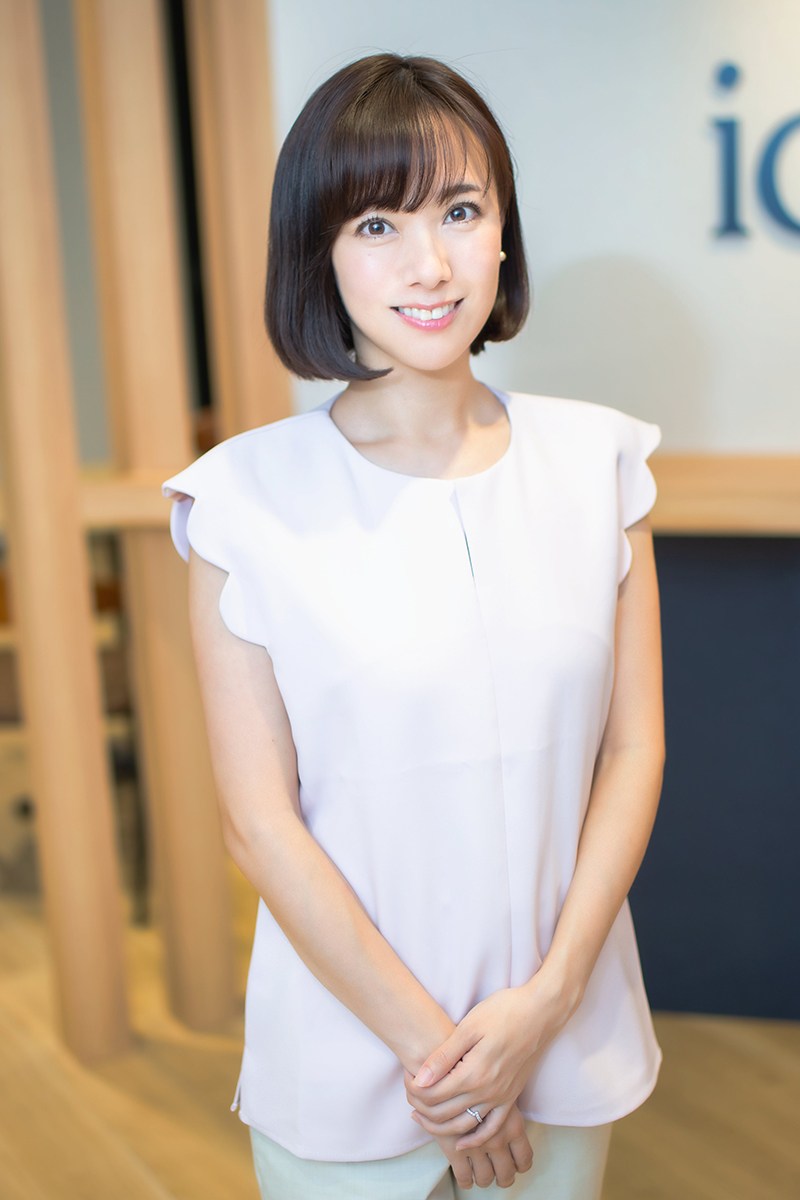
Ayumi Chikamoto, ICHIGO’s founder and chief executive officer
The founding of ICHIGO can be traced to Chikamoto’s days as a student at Waseda University in Tokyo when she was invited to join a classmate’s online fashion business. The job got her thinking about starting her own business someday. After graduation, she worked for Recruit Co. and was involved in the launch of an e-commerce site before leaving in 2012 at the age of 28. More and more foreign tourists were arriving in Japan at the time, and she saw them buying Japanese confections in bulk, which inspired the idea of a mail-order company for customers overseas.
The company now has over ¥4 billion in annual sales and about 90 employees. More than 60% of the employees are non-Japanese, and come from the United States, Europe, Asia and elsewhere. Nomura, who joined the company in November 2021, was born in the States, grew up in Japan, and studied at a U.S. university.

ICHIGO employees
The company’s Japanese employees take care of product selection and negotiations with manufacturers, while the non-Japanese employees handle marketing. Since all marketing is done in English, the company has many customers from English-speaking countries, with North America accounting for the majority of the total customer base. The age range of customers has expanded from what was mainly people in their 20s or 30s to those in their 40s, according to the company.
ICHIGO’s subscription service has won numerous awards, including the Silver Award in the Japan Subscription Business Awards.
“There are many more themes we would like to cover at Sakuraco boxes,” said Nomura. The future seems bright for these fun and beautiful boxes, stuffed with goodies from all over Japan.
■ For more information about Sakuraco, visit its website.
"JN Specialities" POPULAR ARTICLE
-

English-language Kabuki, Kyogen Entertain Audiences in Tokyo; Portland State University Professor Emeritus, Graduates Perform
-

The Japan News / Weekly Edition (11/14-11/20)
-

Yomiuri International Cooperation Prize: Prize fosters future generations of professionals
-

Tokyo’s Biggest Exhibit on Donald Keene Set to Open Saturday at Setagaya Literary Museum; Many Pieces to Be Displayed for 1st Time
-

Noodle Dining Shunsai / Rich Oyster Ramen to Savor at Odasaga; Experienced 68-year-old Owner Creates Numerous Ramen Varieties
JN ACCESS RANKING
-

Govt Plans to Urge Municipalities to Help Residents Cope with Rising Prices
-

Japan Resumes Scallop Exports to China
-

Japan Prime Minister Takaichi Vows to Have Country Exit Deflation, Closely Monitor Economic Indicators
-

Japan to Charge Foreigners More for Residence Permits, Looking to Align with Western Countries
-

JR East Suica’s Penguin to Retire at End of FY2026; Baton to be Passed to New Character




